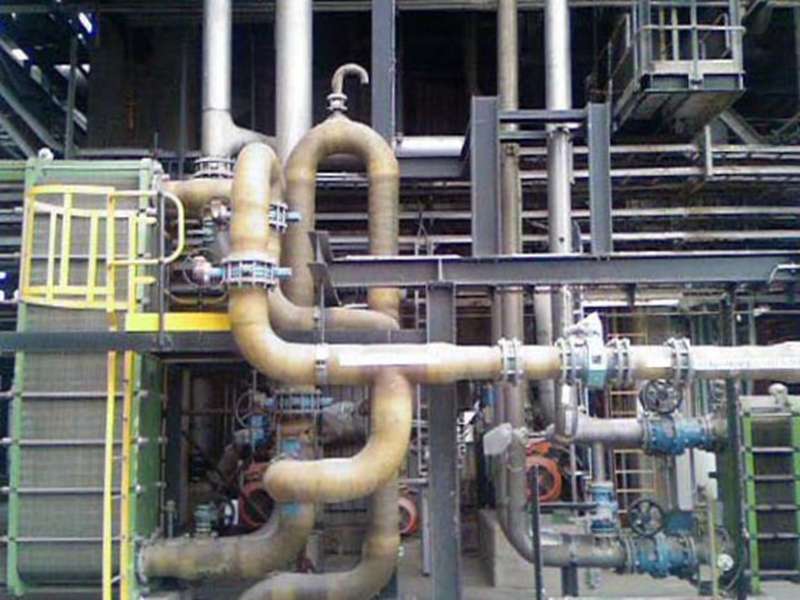
-
 Afrikaans
Afrikaans -
 Albanian
Albanian -
 Amharic
Amharic -
 Arabic
Arabic -
 Armenian
Armenian -
 Azerbaijani
Azerbaijani -
 Basque
Basque -
 Belarusian
Belarusian -
 Bengali
Bengali -
 Bosnian
Bosnian -
 Bulgarian
Bulgarian -
 Catalan
Catalan -
 Cebuano
Cebuano -
 China
China -
 China (Taiwan)
China (Taiwan) -
 Corsican
Corsican -
 Croatian
Croatian -
 Czech
Czech -
 Danish
Danish -
 Dutch
Dutch -
 English
English -
 Esperanto
Esperanto -
 Estonian
Estonian -
 Finnish
Finnish -
 French
French -
 Frisian
Frisian -
 Galician
Galician -
 Georgian
Georgian -
 German
German -
 Greek
Greek -
 Gujarati
Gujarati -
 Haitian Creole
Haitian Creole -
 hausa
hausa -
 hawaiian
hawaiian -
 Hebrew
Hebrew -
 Hindi
Hindi -
 Miao
Miao -
 Hungarian
Hungarian -
 Icelandic
Icelandic -
 igbo
igbo -
 Indonesian
Indonesian -
 irish
irish -
 Italian
Italian -
 Japanese
Japanese -
 Javanese
Javanese -
 Kannada
Kannada -
 kazakh
kazakh -
 Khmer
Khmer -
 Rwandese
Rwandese -
 Korean
Korean -
 Kurdish
Kurdish -
 Kyrgyz
Kyrgyz -
 Lao
Lao -
 Latin
Latin -
 Latvian
Latvian -
 Lithuanian
Lithuanian -
 Luxembourgish
Luxembourgish -
 Macedonian
Macedonian -
 Malgashi
Malgashi -
 Malay
Malay -
 Malayalam
Malayalam -
 Maltese
Maltese -
 Maori
Maori -
 Marathi
Marathi -
 Mongolian
Mongolian -
 Myanmar
Myanmar -
 Nepali
Nepali -
 Norwegian
Norwegian -
 Norwegian
Norwegian -
 Occitan
Occitan -
 Pashto
Pashto -
 Persian
Persian -
 Polish
Polish -
 Portuguese
Portuguese -
 Punjabi
Punjabi -
 Romanian
Romanian -
 Russian
Russian -
 Samoan
Samoan -
 Scottish Gaelic
Scottish Gaelic -
 Serbian
Serbian -
 Sesotho
Sesotho -
 Shona
Shona -
 Sindhi
Sindhi -
 Sinhala
Sinhala -
 Slovak
Slovak -
 Slovenian
Slovenian -
 Somali
Somali -
 Spanish
Spanish -
 Sundanese
Sundanese -
 Swahili
Swahili -
 Swedish
Swedish -
 Tagalog
Tagalog -
 Tajik
Tajik -
 Tamil
Tamil -
 Tatar
Tatar -
 Telugu
Telugu -
 Thai
Thai -
 Turkish
Turkish -
 Turkmen
Turkmen -
 Ukrainian
Ukrainian -
 Urdu
Urdu -
 Uighur
Uighur -
 Uzbek
Uzbek -
 Vietnamese
Vietnamese -
 Welsh
Welsh -
 Bantu
Bantu -
 Yiddish
Yiddish -
 Yoruba
Yoruba -
 Zulu
Zulu
grp pipe
Understanding GRP Pipes A Comprehensive Overview
Glass Reinforced Plastic (GRP) pipes have garnered significant attention in various industries due to their exceptional properties and performance. These pipes, often composed of a combination of glass fiber and thermosetting resin, are recognized for their strength, durability, and corrosion resistance. As we delve into the features and applications of GRP pipes, it becomes clear why they are a preferred choice in many sectors.
.
Furthermore, GRP pipes exhibit remarkable resistance to corrosion and chemical damage, which is crucial in industries such as sewage, water treatment, and chemical processing. When exposed to aggressive environments, such as acidic or alkaline substances, GRP pipes maintain their integrity and performance, ensuring long-lasting functionality with minimal maintenance. This intrinsic property extends the lifespan of the pipelines, reducing the need for frequent replacements and repairs.
grp pipe

In addition to their durability, GRP pipes offer excellent hydraulic performance. The smooth interior surface of these pipes minimizes friction losses, allowing for efficient fluid flow. This is particularly important in applications where maintaining pressure and flow rates is critical. Moreover, the lightweight nature of GRP pipes means that they can be installed in a variety of terrains, including challenging landscapes where traditional pipes may struggle.
The versatility of GRP pipes extends to their diverse applications. They are used in various sectors ranging from water supply and wastewater management to industrial applications and agricultural irrigation systems. Their ability to withstand extreme temperatures and pressures allows for their utilization in both above-ground and underground installations.
Another significant advantage of GRP pipes is their environmental impact. As industries increasingly focus on sustainability, GRP pipes present a greener alternative to traditional materials. Their longer lifespan and recyclable components contribute to reduced waste and environmental degradation, aligning with eco-friendly practices that many companies are seeking to adopt.
In conclusion, the adoption of GRP pipes represents a significant advancement in materials engineering. Offering a unique blend of strength, lightweight construction, corrosion resistance, and sustainability, GRP pipes are poised to play an increasingly vital role in the infrastructure of the future. As industries continue to evolve, the prevalence of GRP pipes will likely expand, providing reliable solutions to the challenges of modern engineering and environmental stewardship.









